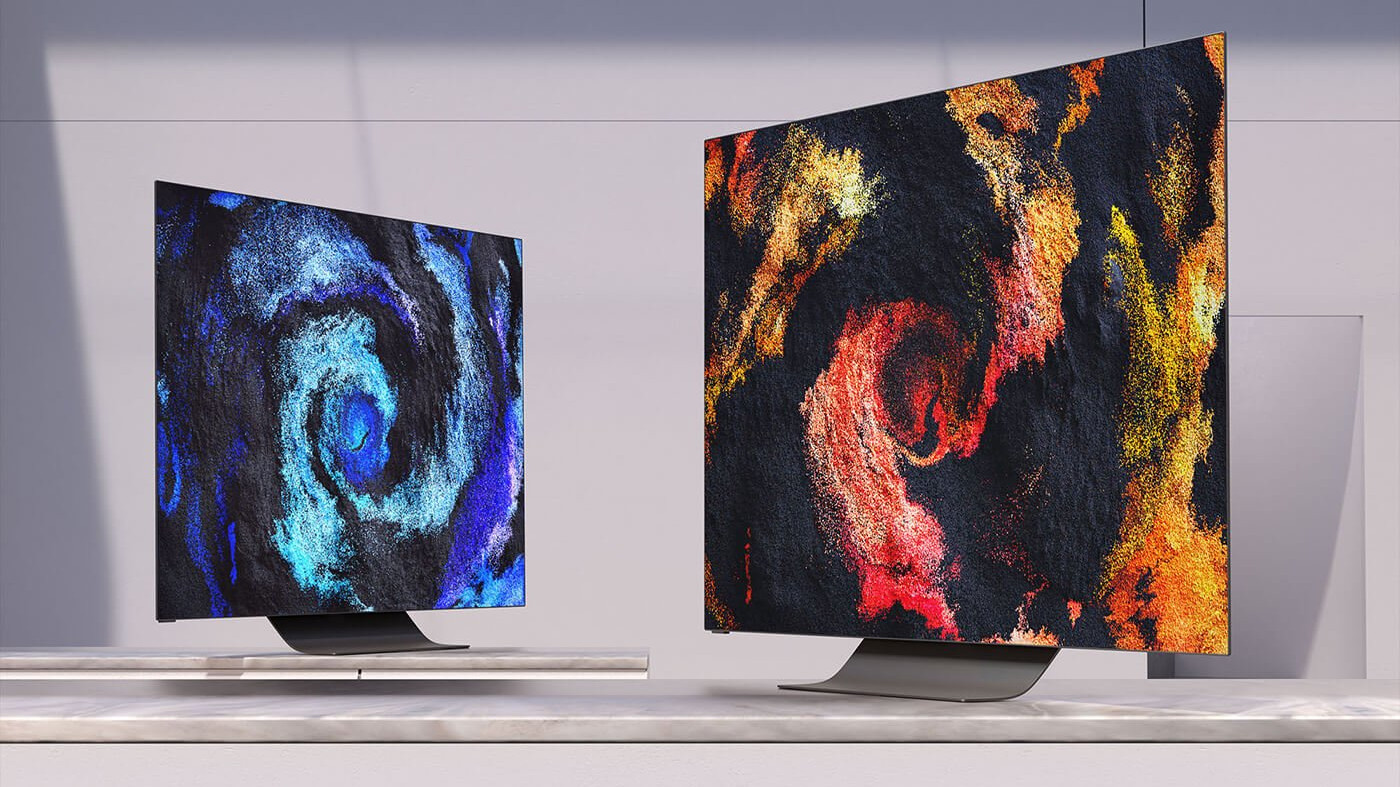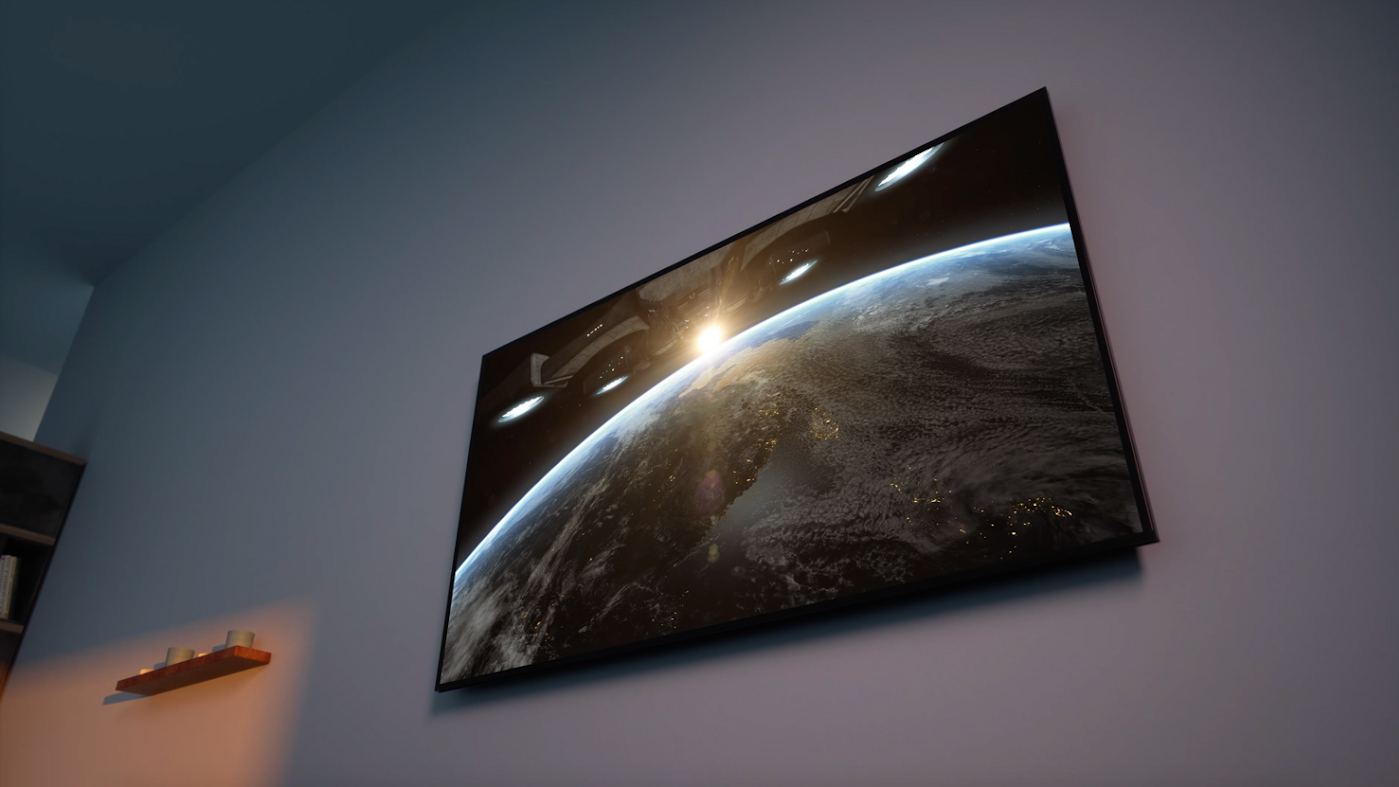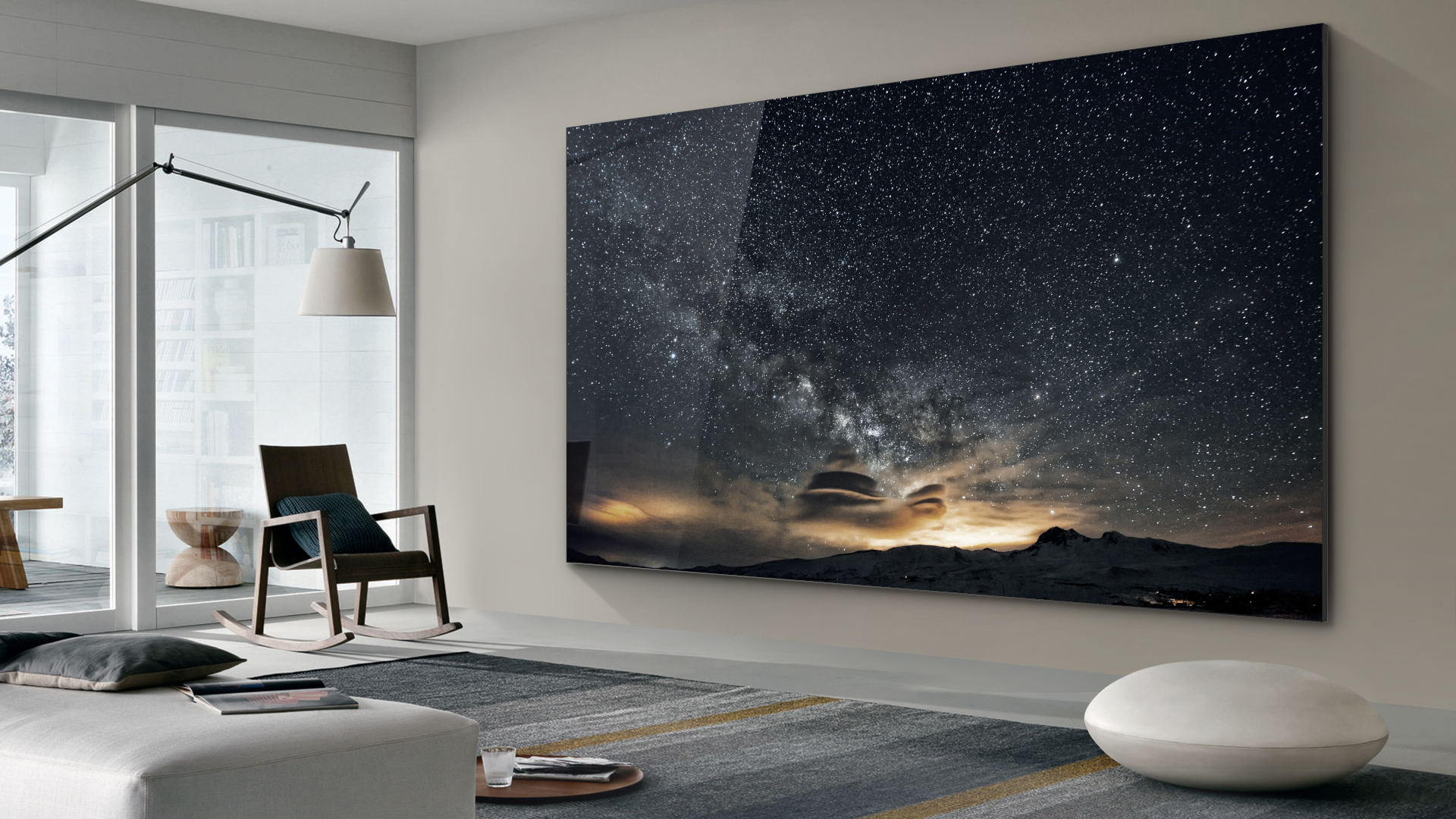2020 was the year OLED TVs broke through – but there’s still more to do

Bought an OLED TV yet? Given the flurry of people rushing to buy a good television over Black Friday and Cyber Monday – as well as the host of excellent OLED screens released this year – you may well have finally opted to bring this exemplar of TV technology into your home.
OLED has always had potential, even if it was hard to see at first. The Sony XEL-1, the world’s first OLED TV, was unveiled in 2007, and the years since have seen numerous television manufacturers try out, plunge into, and back out of OLED multiple times.
It wasn’t until 2010 we saw LG enter the fray, with a 15-inch screen that would pave the way for the generations of incredible OLED televisions, up to this year’s BX and CX OLED models. And while Samsung didn’t work on the technology for long – preferring to develop its own LCD-based QLED technology – others certainly did, with Panasonic and Sony both coming round to OLED’s particular picture advantages.
Even just last year, we saw the disastrous Hisense O8B OLED, with TechRadar first sent a faulty unit for review, and then given a replacement that was plagued with issues, despite the gorgeous LG-made panel it was running on. Much was made of its low price in advance of release, but what could have been a truly affordable OLED became a warning to not bastardize premium technologies with shoddy processing.
Ongoing fears around image retention (also known as ‘burn in’, when an OLED panel is permanently marked by recurring images or logos) continued too, and by all accounts it was looking uncertain how OLED would fare in 2020.
Course correction
2020, though, has seen a rather different story for OLED TVs. Despite early uncertainty over production issues and factories that took months longer than expected to get up and running, the overwhelming impression from this year is that OLED is better than ever.
There’s been a new 48-inch OLED TV size for smaller living rooms or bedrooms – adding far more flexibility of choice beyond standard 55-inch, 65-inch, and 77-inch sizes – as well as a drastic drop in price for entry-level OLEDs.
The new Vizio OLED H1 hit an astonishing sub-$1,000 price in the Black Friday sales, while UK shoppers have been able to take home the Philips OLED 754 for just £989. LG’s BX OLED, too, is now just $1,299 / £1,099.

The 48-inch models in particular have ensured that flagship OLED sets can come to those with smaller budgets (and living rooms), and show that OLED production is starting to get more ambitious.
There’s no telling what’s to come, but we’re not ruling out more sizing options, whether that’s even smaller models or something beyond even the 88-inch sizes offered by the LG ZX OLED or Beovision Harmony. A 93-inch? 37-inch? 61.5-inch?
The only thing that’s certain is that OLED is starting to make its own norms, rather than simply fitting in with pre-established conventions.
Seeing the light
One of the most significant OLED developments in 2020, though, was to do with light. It’s no secret that OLEDs tend to have lower peak brightness than their LCD or QLED counterparts – and while this is largely offset by the improved contrast of light and dark on OLED screens (meaning bright objects look even brighter by comparison) it’s still a point of contention for many.
This was the year, however, that saw the introduction of light sensors to Panasonic and LG TVs. These sensors are designed to measure the amount of ambient light in your living room – or wherever you’re watching – and amend the onscreen brightness automatically to keep pictures vibrant and visible. While designed largely for Dolby Vision HDR – hence the 'Dolby Vision IQ' name the technology bears – its broader applications are obvious.

Few of us really watch in pitch-black testing conditions, after all, and some element of automation means we know we’re getting the optimum brightness for our surroundings. If OLED can’t be brighter than QLED, maybe it can get away with being smarter about brightness in general.
While burn-in is still something of a bogeyman for OLED, TV makers are tackling this problem too. LG, for one, has created a Screen Shift function that ever so slightly adjusts picture placement at regular intervals, to ensure no individual pixel is stuck in the same setting for hours on end (via LG). While this problem has always been limited to extreme cases, or sets used to loop promo videos in retail displays, any assurances are still very welcome.
The way forward
As we enter 2021, it’s clear that OLED is set for a roaring 20s, and the future looks bright for the technology to cement its place as the premium TV panel tech of the moment.
There will be threats to that dominance, of course. LCD sales still vastly outnumber those of OLED, and the QLED panels used in new Samsung TVs are getting brighter and more dynamic every year – with the potential to morph into something of a hybrid between the two technologies.
The real threat may lie in yet-to-be-popularized technologies like MicroLED, or MiniLED, that we are starting to see in one-off premium screens – Samsung’s The Wall (pictured below) for the former, or TCL’s 8 Series TV for the latter.

OLED TV makers will have to really address any remaining weaknesses, and keep prices dropping before another player enters the field. That means brightness or brightness handling needs to keep improving – and we're going to need more screen sizes to ensure OLED is really a technology that appeals to broad spectrum of shoppers.
Lower price tags may be a double-edged sword, though. If OLED keeps getting cheaper, and starts settling for sub-optimum performance – something we saw the dangers of with the Hisense O8B – there will be little reason to opt for one of these cheap organic LED sets over a budget LCD with similar compromises.
If LG, Sony, and Panasonic can start using smaller screen sizes as a way to slash prices, rather than taking further hits to processing, though, these TV makers may be able to make OLED the success it deserves to be.
- Every 48-inch OLED TV you can buy
from TechRadar - All the latest technology news https://ift.tt/3mSWaHv

Post a Comment